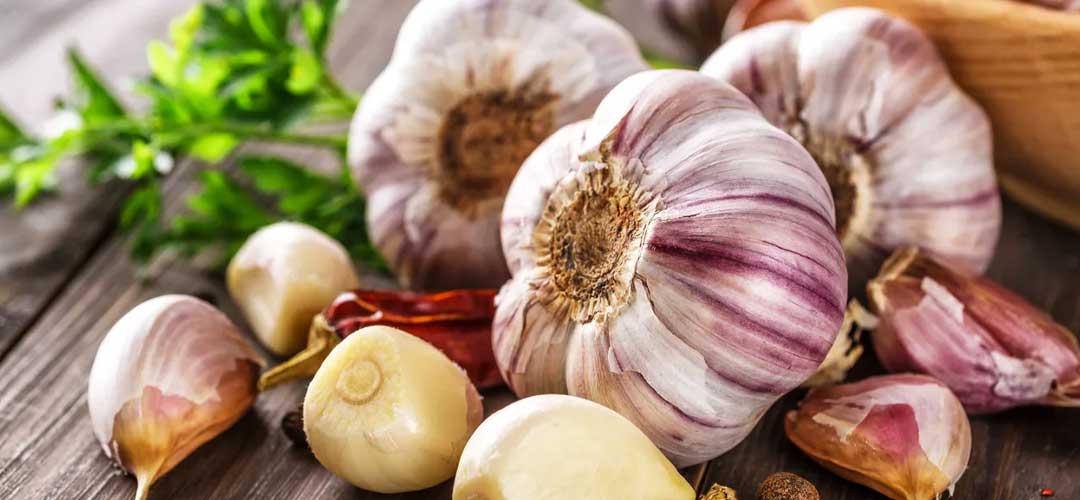
Gut health plays a crucial role in overall wellbeing, influencing digestion, immunity, mood, and even skin health.
Two common microbial imbalances that can disrupt the digestive system are Candida overgrowth and Helicobacter pylori (H. pylori) infection. While both can cause gut-related discomfort, they are very different in nature, origin, and treatment.
In this guide, we’ll explore the key differences between Candida and H. pylori, what causes them, how to spot the symptoms, and the best ways to support your gut naturally.
What is Candida?
Candida is a type of yeast that naturally lives in the human body, particularly in the mouth, gut, and vaginal tract. In small amounts, Candida is harmless and kept in check by good bacteria. But if the balance of the gut microbiome is disrupted - for example, by antibiotics, sugar-rich diets, stress, or hormonal changes - Candida can overgrow, leading to a condition known as candidiasis.
Common Symptoms of Candida Overgrowth:
- Bloating and gas
- Brain fog and fatigue
- Sugar cravings
- Recurring thrush or yeast infections
- Skin rashes or fungal infections
- White coating on the tongue
- Digestive discomfort or IBS-like symptoms
What is H. pylori?
Helicobacter pylori (H. pylori) is a spiral-shaped bacterium that infects the stomach lining. It's incredibly common, with around half the world’s population carrying it, often without symptoms. However, in some people, it can cause chronic gastritis, ulcers, and even increase the risk of stomach cancer if left untreated.
H. pylori can weaken the stomach’s protective mucous layer, allowing acid to irritate the stomach lining. It is typically spread through contaminated food, water, or close contact.
Common Symptoms of H. pylori Infection:
- Burning stomach pain (especially on an empty stomach)
- Nausea and vomiting
- Frequent burping
- Loss of appetite
- Bloating and indigestion
- Unintentional weight loss
- Bad breath (halitosis)
Candida vs. H. pylori - What’s the Difference?
While both Candida and H. pylori affect digestive health, they are entirely different organisms:
|
Feature |
Candida |
H. pylori |
|
Type of microbe |
Yeast (fungus) |
Bacterium |
|
Location |
Mouth, gut, skin, vaginal tract |
Stomach lining |
|
Common triggers |
Antibiotics, sugar, stress |
Contaminated food/water, poor hygiene |
|
Typical symptoms |
Bloating, thrush, fatigue |
Stomach pain, nausea, ulcers |
|
Testing |
Stool test, blood test, swab |
Breath test, stool antigen, biopsy |
Understanding the root cause of your symptoms is essential for choosing the right treatment and lifestyle changes. A healthcare professional may recommend specific tests to confirm the diagnosis.
Natural Ways to Support Your Gut Health
Both Candida overgrowth and H. pylori infection can be disruptive, but the right combination of diet, supplements, and lifestyle changes can help rebalance your gut microbiome.
1. Dietary Changes
For Candida:
- Avoid sugar and refined carbs – Candida thrives on sugar.
- Cut back on alcohol and yeast-containing foods
- Increase non-starchy vegetables, garlic, coconut oil, and fermented foods
- Follow a low-sugar, anti-fungal diet for at least 4–6 weeks.
For H. pylori:
- Avoid spicy foods, caffeine, alcohol, and acidic foods that may irritate the stomach.
- Eat smaller, more frequent meals to avoid over-acid production.
- Include broccoli, sprouts, cabbage juice, and manuka honey - all studied for their protective effects against H. pylori.
2. Probiotics for Gut Balance
A high-quality probiotic supplement can support digestive health by replenishing good bacteria, crowding out harmful microbes, and restoring microbial balance.
For Candida, look for Lactobacillus acidophilus, rhamnosus, and Saccharomyces boulardii, which help control yeast overgrowth.
For H. pylori, strains like Lactobacillus reuteri and Bifidobacterium lactis may help reduce symptoms and support gut recovery after antibiotics.
3. Natural Antimicrobial Supplements
Some herbal and natural remedies are known for their antimicrobial, anti-yeast, and anti-inflammatory properties.
Candida Support:
- Caprylic acid – a fatty acid from coconut oil with antifungal properties
- Oregano oil – helps fight yeast and bacterial imbalance
- Garlic extract – natural antifungal and antibacterial
- Pau d’arco – a traditional herbal remedy for fungal overgrowth
H. pylori Support:
- Mastic gum – resin from the mastic tree shown to reduce H. pylori load
- Zinc carnosine – helps repair the gut lining
- Deglycyrrhizinated liquorice (DGL) – soothes the stomach and supports healing
- Manuka honey (UMF 10+ or higher) – known for its antibacterial action
Always consult a practitioner before using natural antimicrobials, especially if you’re on medication or have underlying conditions.
Should You Test for Candida or H. pylori?
If you’ve been struggling with persistent digestive issues, unexplained fatigue, or symptoms of infection, it may be worth getting tested.
Candida can be assessed via stool analysis, organic acid tests, or vaginal swabs.
H. pylori is typically diagnosed through a urea breath test, stool antigen test, or biopsy during an endoscopy.
If positive, your healthcare provider may recommend a tailored protocol that could include antibiotics, probiotics, dietary changes, or herbal supplements.
Final Thoughts
Both Candida overgrowth and H. pylori infections are increasingly recognised as key contributors to poor digestive health, but with the right support, they don’t have to dominate your wellbeing.
Addressing gut imbalances with a holistic approach, including diet, probiotics, and targeted natural support, may help restore harmony and relieve symptoms. Whether you're navigating bloating, fatigue, or digestive discomfort, understanding the root cause is the first step to lasting relief.
Disclaimer:
Information and other content provided in Lily & Loaf blogs should not be construed as medical advice and should not be considered a substitute for professional medical expertise. If you have any medical concerns, you should consult with your health care provider.







